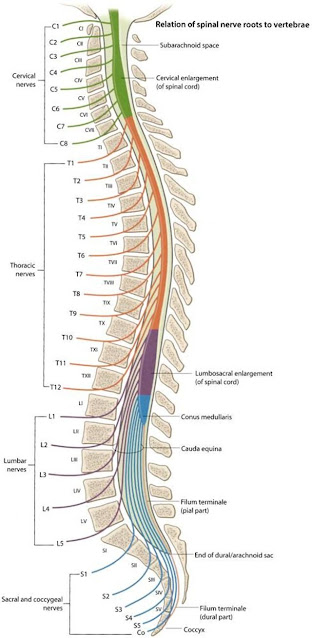Seizure or Convulsion in pregnancy (including peripartum period)
Seizure in pregnancy: Causes: Eclampsia - 98% (seizure due to pregnancy) Epilepsy (seizure aggravated by pregnancy) Febrile convulsion Cerebrovascular - Intracranial haemorrhage Cerebral venous sinus thrombosis Ischemic stroke Space occupying lesion Amniotic fluid embolism Air embolism Posterior reversible encephalopathy syndrome Reversible cerebral vasoconstriction syndrome Thrombotic thrombocytopenic purpura Metabolic - Hyperemesis gravidarum Hyperglycaemia or Hypoglycaemia Electrolyte abnormality - Hyponatraemia, Hypernatraemia Hypocalcaemia, Hypercalcemia Hypomagnesaemia Pyridoxine deficiency Acute hepatitis (due to fatty liver in pregnancy, viral hepatitis) Uraemia Intermittent porphyria Infection - Cerebral Maleria Meningitis Encephalitis Cerebral abscess Psychogenic non epileptic seizure Tetany Drug withdrawal - Cocaine Alcohol Local anaesthetic systemic toxicity

